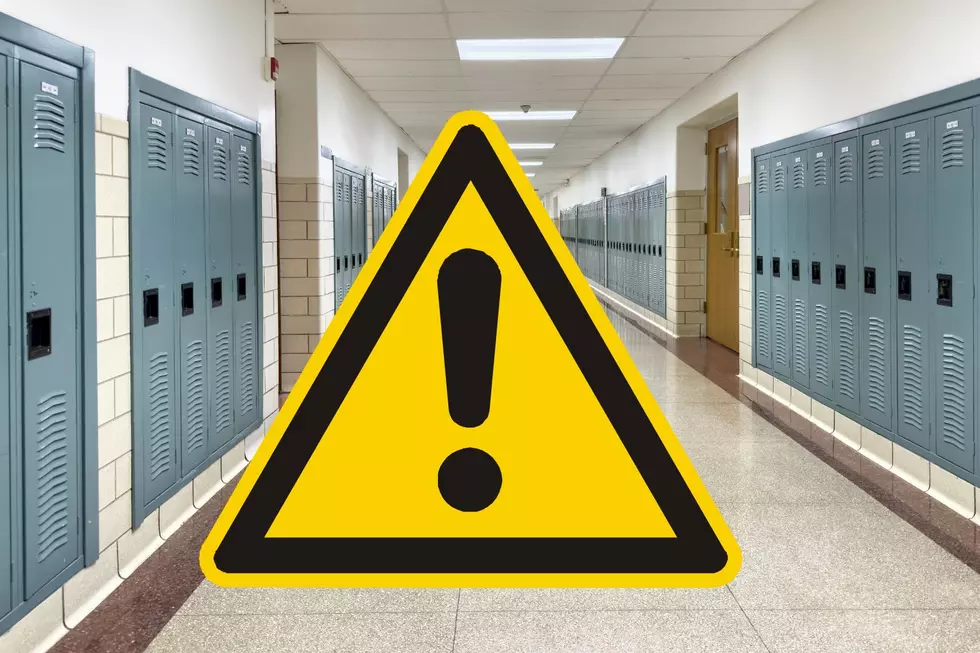
Rare ‘Super Blue Moon’ Should be Visible Here on January 31st
If we can just get some clear skies on the morning of January 31st, we should be able to experience a rare "Super Blue Moon" as many rise for work and school.A "Super Blue Moon" is blue moon, a supermoon and a lunar eclipse are not rare, but all at the same time? How rare is that? Over 150 ago, on March 31st, 1866, was the last one.
The Jan. 31 full moon is special for three reasons: it’s the third in a series of “supermoons,” when the Moon is closer to Earth in its orbit -- known as perigee -- and about 14 percent brighter than usual. It’s also the second full moon of the month, commonly known as a “blue moon.” The super blue moon will pass through Earth’s shadow to give viewers in the right location a total lunar eclipse. While the Moon is in the Earth’s shadow it will take on a reddish tint, known as a “blood moon.” - NASA
Here's a quick refresher on what each is:
A blood moon is what the moon looks like during a lunar eclipse. It appears to have a reddish hue.
A super moon is looks larger than normal due to its proximity to the earth.
A blue moon is the second full moon in a month. (as in "once in a blue moon")
According to AccuWeather, a lunar eclipse is when "the moon passes through the darkest part of the Earth's shadow. Unlike a total solar eclipse which lasts only minutes, this will last for several hours."
According to NASA, we're going to be on the edge of the total viewing area. The central and western parts of the United States will be where this Super Blood Moon will be most visible, but this part of West Michigan will be right on the line of the total eclipse viewing area. If you're going to be in Hawaii, you get the full effect.
Set your alarms for about 5:45am. The fun begins around 5:51am ET
Disclaimer: This is still Michigan and in all likelihood it will be cloudy at the very least. In that case, you can watch it on your personal device.
More From WKFR






